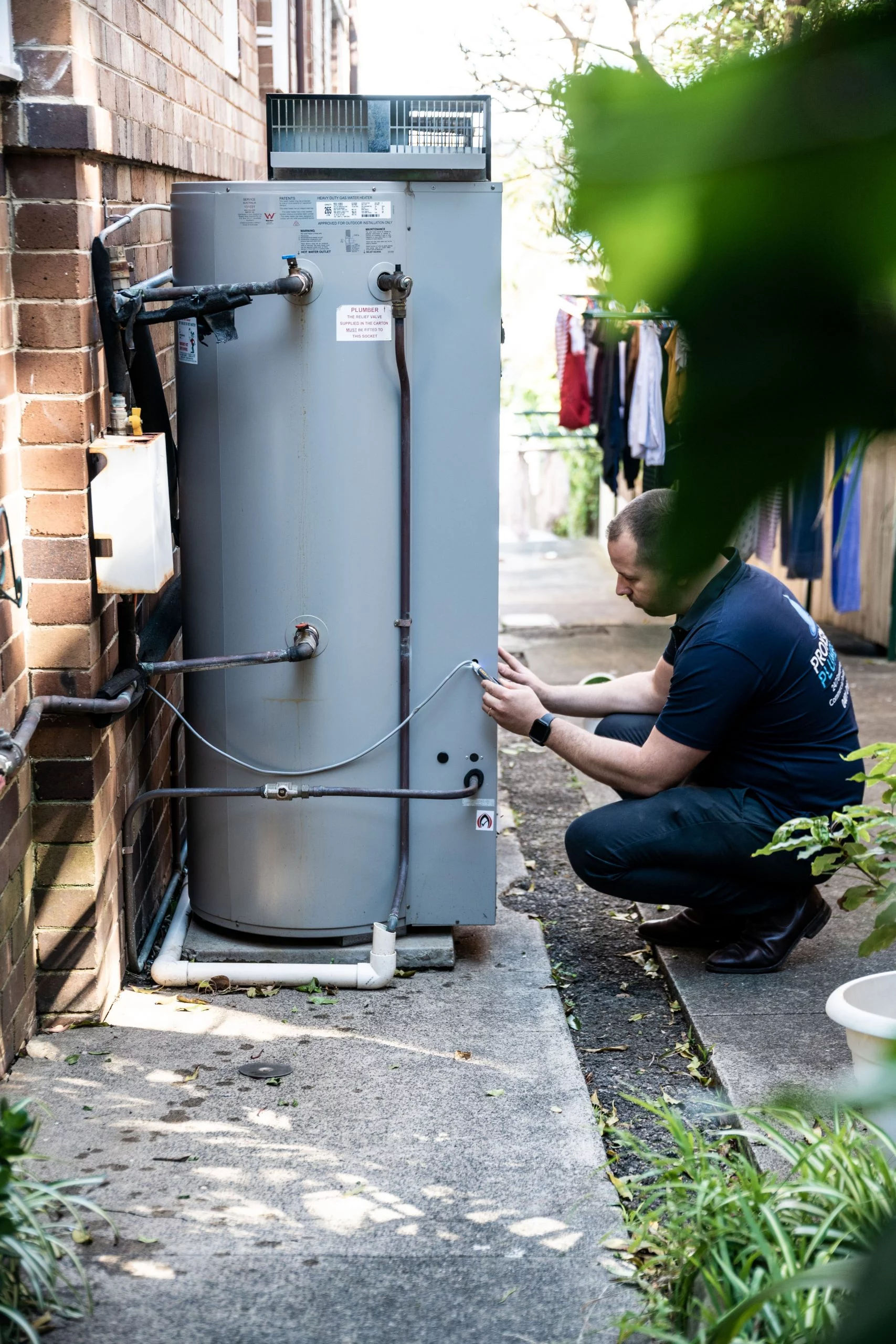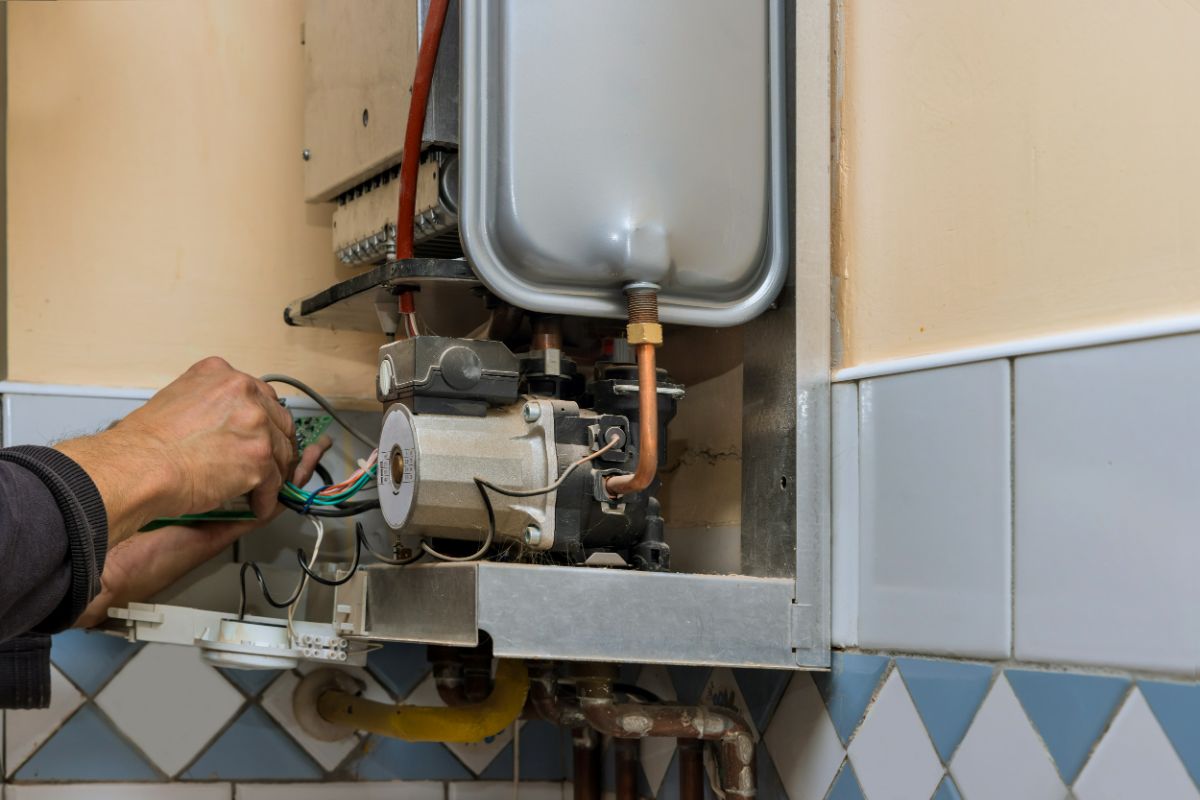The article listed below in relation to Tips For Maintaining Your Hot Water Heater is especially attention-grabbing. You should see for yourself.

Warm water is necessary for day-to-day comfort, whether it's for a revitalizing shower or cleaning recipes. To guarantee your hot water system runs efficiently and lasts much longer, regular maintenance is key. This short article provides practical ideas and understandings on just how to keep your home's warm water system to prevent interruptions and expensive repair services.
Intro
Keeping your home's hot water system might seem difficult, but with a few simple actions, you can ensure it operates smoothly for many years to come. This guide covers everything from understanding your hot water system to DIY maintenance ideas and understanding when to employ expert assistance.
Significance of Maintaining Your Warm Water System
Normal upkeep not just extends the lifespan of your warm water system yet likewise ensures it operates efficiently. Neglecting upkeep can result in decreased efficiency, greater power expenses, and even premature failing of the system.
Indicators Your Hot Water System Demands Upkeep
Understanding when your hot water system needs focus can stop major issues. Look out for indicators such as inconsistent water temperature level, odd noises from the heater, or corroded water.
Purging the Water Heater
Flushing your hot water heater eliminates debris buildup, boosting effectiveness and prolonging its life.
Monitoring and Changing Anode Rods
Anode rods avoid corrosion inside the container. Checking and changing them when worn is crucial.
Facility Problems Requiring Specialist Assistance
Instances consist of major leakages, electrical problems, or if your hot water heater is continually underperforming.
Routine Specialist Maintenance Conveniences
Professional upkeep can include thorough assessments, tune-ups, and guaranteeing conformity with security criteria.
Checking and Adjusting Temperature Level Setups
Adjusting the temperature level settings makes certain ideal efficiency and security.
Do It Yourself Tips for Maintenance
You can execute several upkeep tasks on your own to keep your hot water system in leading condition.
Looking for Leakages
Consistently examine pipelines and links for leakages, as these can result in water damages and higher expenses.
Understanding Your Hot Water System
Prior to diving into upkeep tasks, it's valuable to comprehend the basic elements of your hot water system. Commonly, this includes the hot water heater itself, pipes, anode rods, and temperature level controls.
Monthly Upkeep Tasks
Normal monthly checks can assist capture minor problems prior to they escalate.
Evaluating Stress Relief Valves
Evaluating the stress safety valve guarantees it works appropriately and protects against excessive pressure build-up.
Shielding Pipes
Protecting warm water pipelines reduces warm loss and can conserve power.
When to Call a Specialist
While DIY maintenance is helpful, some concerns require professional competence.
Final thought
Normal upkeep of your home's warm water system is necessary for performance, long life, and cost savings. By complying with these ideas and recognizing when to look for expert assistance, you can make sure a trustworthy supply of warm water without unforeseen disturbances.
Water Heater Maintenance: The Basics
Maintaining your water heater will ensure it operates efficiently and has a longer lifespan. Neglecting regular maintenance can lead to costly repairs and an even bigger chunk of your savings if you have to replace it sooner than necessary. But there’s good news: Most water heater maintenance tasks are relatively simple and easy for homeowners with basic DIY skills.
Flush the Water Heater
Over time, sediment and minerals can build up in the tank, reducing its efficiency and potentially causing damage. To flush the tank, turn off the power or gas supply, attach a hose to the drain valve near the bottom and open the valve to drain the water until it runs clear. Ideally, flush the tank annually.
Replace the Anode Rod
The anode rod is a sacrificial metal rod that helps prevent corrosion inside the tank. Inspect and replace it every three to five years or per the manufacturer's recommendation. To replace the anode rod, turn off the power or gas supply, drain a few gallons of water from the tank, unscrew the old rod and replace it with a new one. If the anode rod is significantly corroded or covered in calcium buildup, it's a sign the water heater may need to be replaced soon.
Tune-Up
A yearly tune-up can help identify potential issues and ensure your water heater operates at peak efficiency. This typically involves checking the thermostat, burner assembly (for gas heaters) and any other components specified by the manufacturer. During a tune-up, the technician may also clean the burner and adjust the pilot light (for gas heaters) or examine the heating elements (for electric heaters).
How to Maintain Your Water Heater
- Insulate the tank. Insulating the tank can improve energy efficiency and reduce heat loss, saving you money on energy bills. You can purchase precut insulation blankets designed specifically for water heaters or use standard fiberglass insulation wrapped securely around the tank.
- Check the temperature. The recommended water temperature for most households is around 120 degrees Fahrenheit (49 degrees Celsius). Higher temperatures can increase energy costs and potentially cause scalding. Use a kitchen thermometer to check the temperature at the faucet nearest the water heater.
- Monitor water pressure. Excessive water pressure can strain the water heater and cause leaks or even tank failure. Install a pressure-reducing valve if necessary. The ideal water pressure range is between 60 and 70 PSI (pounds per square inch).
- Test the temperature and pressure (T&P) relief valve. The T&P relief valve is a safety feature that releases pressure if the tank gets too hot or the pressure builds up too high. Test it annually by lifting the lever and allowing a small amount of water to release. Replace the valve if it doesn't release water or reseal properly.
- Check for leaks. Regularly inspect the tank, pipes and fittings for leaks or corrosion. Deal with issues promptly to prevent further damage. Even a small leak can lead to significant water damage over time.
- Consider a tankless water heater. If your traditional tank-style water heater is nearing the end of its lifespan ( typically 10 years), consider replacing it with a tankless water heater. These units heat water on demand, reducing standby energy losses and potentially saving you money on your energy bills.
- Schedule professional maintenance. While homeowners can perform many water heater maintenance tasks, it's still a good idea to schedule professional maintenance every few years. A plumber or HVAC technician can thoroughly inspect the unit, identify potential issues and ensure it operates safely and efficiently.
https://www.homeserve.com/en-us/blog/home-improvement/hot-water-heater-maintanence/

Hopefully you enjoyed our article about How to Maintain Your Water Heater & Prolong its Life. Thanks for taking a few minutes to browse our content. Please take the time to distribute this page if you appreciated it. I praise you for your time. Revisit us soon.
Order Repair
Comments on “Expert Advice on Maintaining Your Home's Hot Water SystemProfessional Advice for Maintaining Your Home's Hot Water System”